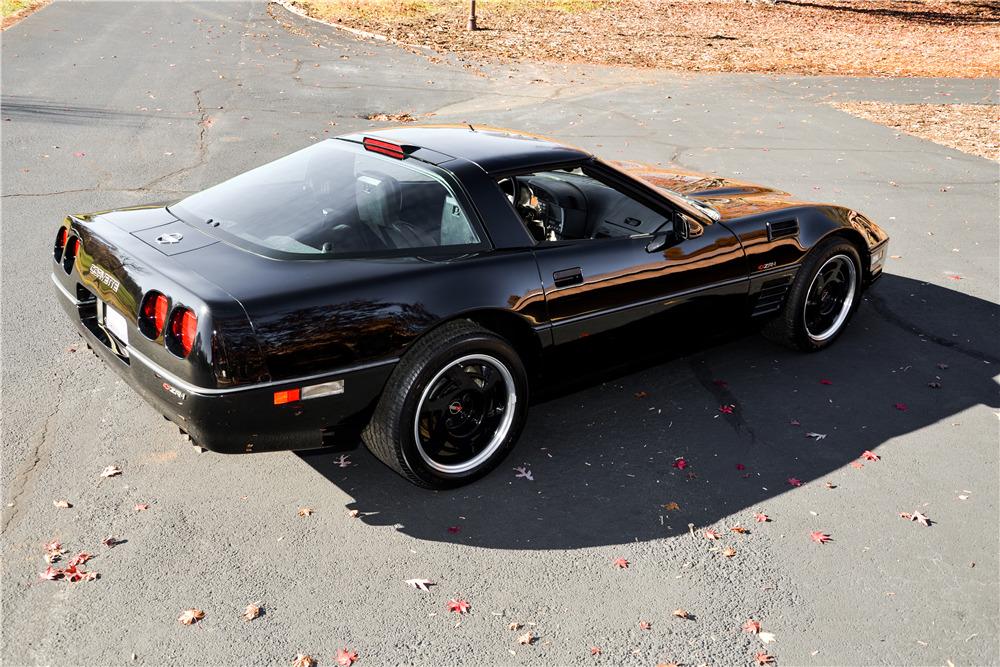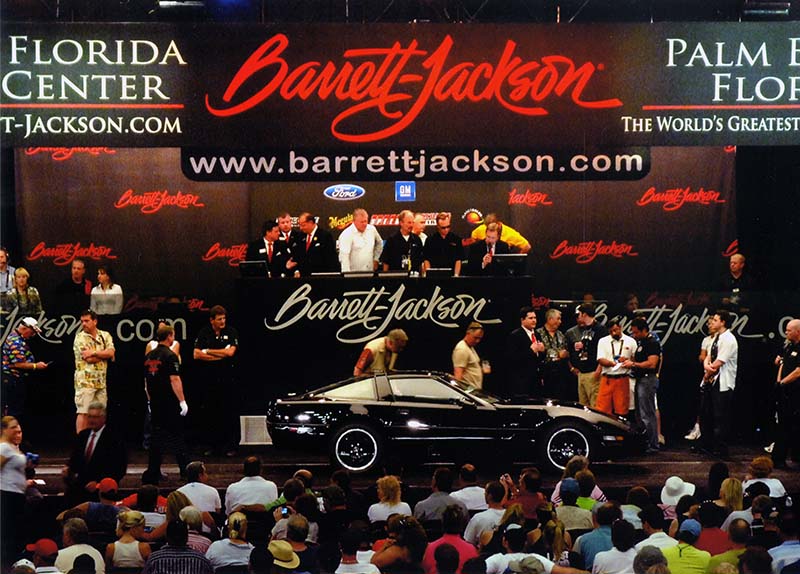History of the 1990 Corvette ZR-1 Active Suspension Prototype
Related Gallery: 1990 Corvette ZR-1 Active Suspension Pics
The following information on the 1990 Corvette Active Suspension ZR-1 Prototype has been collected over the years from various sources as noted:
National Corvette Museum Press Release - July 15, 2020:
Active Suspension Prototype Corvette Donated
Defying the laws of physics – that was the promise of Active Suspension. Instead of using springs, dampers and anti-roll bars to react to and manage a vehicle's dynamics, Active Suspension systems used sensors, computers and high-pressure hydraulics to completely control a vehicle's behavior. An “active” automobile could lean into a curve while preventing any bumps in the road from upsetting the steering and cornering dynamics of the car.
Like many revolutions in auto racing, Team Lotus invented Active Suspension for Formula One. Development began in 1981, and by 1983 the system would see limited action with Nigel Mansell at the wheel. Around the same time, Lotus Engineering was beginning development of the engine and chassis of what would become the ZR-1 Corvette. In December 1985, Lotus was purchased by General Motors, and by 1987 GM had budgeted $27 million to develop Active Suspension for the ZR-1.
CPC (Chevrolet-Pontiac-Canada) Engineering established a program to evaluate the technology by building a fleet of 50 Active Suspension Corvettes with the ZR-1, 32-valve engine. Initially, the project called for the Buick Touchscreen CRT system, which was developed for the 1986 Riviera and Reatta, but the engineering team preferred to have the instrumentation on their new laptops. The fleet were delivered to GM Bowling Green Assembly, complete with software operating as specified.
Meanwhile in the F1 world, Lotus never fully came to grips with the technology, yet it proved to work with lap times of nearly two seconds faster than competitors without the Active Suspension. With an unfair advantage and high costs of developing the systems, F1 banned Active Suspension for the '94 season. This, coupled with a hydraulic failure on Alex Zanardi's Lotus during the Belgian Grand Prix causing a horrific crash, caused the systems to be gone by mid-1993.
Though Active Suspension had many benefits, it never made it to the production ZR-1. At a press preview event for the 2009 ZR1, Harlan Charles, Corvette Product Marketing Manager, shared that the system could consume over 25-hp in a hard turn, though only 3-hp was needed at rest. The hydraulic fluid, circulating at 3,000 psi, required extra heat exchangers and vents for cooling (bringing durability into question), while the added components brought the total weight of the Corvette to nearly 4,000 pounds. With cutting-edge electronics, aircraft-grade pumps and actuators, the cost of Active Suspension on the ZR-1 was estimated at $35k-$40k – yielding what would have been the most expensive Corvette ever made. An additional issue would have been high-pressure hydraulics allowing no room for error when it came time to service the car.
Chevrolet is thought to have built 50 or more Active Suspension Corvette prototypes. Three are known to remain: EX5878, EX5881 and EX5886. This vehicle was purchased by the late Greg Mauzy and his wife Michelle of Midland, TX from the Barrett-Jackson auction in West Palm Beach in 2009. The vehicle is formerly of the General Motors Heritage Center collection, but was mandated to be liquidated (along with other prototypes and hard assets) to assist with the company's financial recovery as part of the U.S. government bailout of GM.
Despite the shortcomings of Active Suspension, it did help pave the way to new technology in automotive design, including Active Handling in '96 and Magnetic Selective Ride Control in '03.
Thank you to the Mauzy family for their generous donation!
Barrett-Jackson Auction - Scottsdale 2017:
VIN: EX5881
Lot #7004.1 - This ZR1 Corvette is an active-suspension prototype. A concept vehicle out of the GM Heritage Collection, millions of dollars were spent by GM developing the active-suspension technology used on GM's GTP Corvette race cars. 6-speed manual transmission. THIS IS A MODIFIED VEHICLE. NEITHER GM NOR BARRETT-JACKSON MAKE ANY WARRANTY OR REPRESENTATION OF ANY KIND, EXPRESS OR IMPLIED, CONCERNING THE VEHICLE, INCLUDING NO WARRANTY OF MERCHANTABILITY OR FITNESS FOR A PARTICULAR PURPOSE. THE VEHICLE IS NOT CERTIFIED TO COMPLY WITH ANY FEDERAL, STATE OR LOCAL LAWS, RULES OR REGULATIONS AND MAY NOT BE DRIVEN ON PUBLIC ROADS. SOLD ON BILL OF SALE ONLY. **WILL BE SOLD AT APPROXIMATELY 9:00 P.M. ON SATURDAY JANUARY 21, 2017
From Richard Newton, Editor of Corvette Fever Magazine - 12-30-2013:
"The real significance of the active handling C4 was that GM made a decision to go after Ferrari. The ZR-1 active handling car was aimed directly at the Ferrari road cars. A lot of the Corvette group had been wanting to do this for years. It's a shame that it didn't work out.
I was the one that found the car. At least I forced GM to admit they built one. When I was editor at Corvette Fever I got a copy of the Owner's Manual. I then found pictures. Next, I talked to a few engineers that worked on the car. Then we ran the story.
Dave Hill went ballistic on me. First, he told me the pictures were fake and the car never existed. I was just an idiot and I had been duped. Ok, Dave.
Then I was invited on a road trip for the 2000 introduction - or some such thing. Dave Hlll put one of his lap dogs in the car with me for the drive to Grand Rapids. I listened to a lecture all the way to Grand Rapids. I was no longer an idiot. Yes, the car did exist but it was irresponsible of me to print the story. That went on for about an hour.
Then during the next hour the lap dog explained to me how GM could have provided a lot of help had I just asked. I have never wanted to get out of a Corvette so bad in my life. The lap dog was really boring since he didn't really know a thing about the car. He was just doing what Dave Hill told him to do.
The following week GM issued a press release about how they were donating the car to the National Corvette Museum. They were holding a gala event and flying people in from around the country. Guess who never got an invitation?
From Mark Broin - January 2000:
GM was going to build 150 active suspension ZR-1 Corvettes. They were to be pearlescent white with matching interiors. They were to have cost $150,000 apiece, but come with a "lifetime" warranty. Only two national service centers were to be available, one on the east coast and one on the west coast. These dealerships were to be equipped with special equipment to service the braking system, since it needed to be done under practically "clean room" conditions. If an owner had a problem with the car, a semi with a replacement ZR-1 driver car was to be dispatched to the owner's home to pick up the Corvette to be serviced. The exchange was to be made, and the owner's car shipped to the nearest of the two service centers via the semi. The program was intended to be a real life testing program for active suspension development.
The test "mules" turned out to be too problematic, and the program was halted.
One of the issues surrounding the performance aspects of the active and non-active cars was the additional horsepower requirement for the active cars. I was lead to believe the pumps and the additional weight required something in the neighborhood of 25-30 horsepower to operate. This meant the active car would have been slower than the non-active car, but cost twice as much. The original plan was to choke off some of the non-active car's horsepower so it performed at the same or less level than the active car. There is some belief this is why the exhaust system on the early ZR-1s had a more restrictive resonator chamber than the '93-'95 cars eventually ended up with. The effect of the smaller resonator passages was to reduce the horsepower output of the standard car by about 20 or so HP. Once the active program was halted, however, it was too late and too expensive to change the production run design on the standard car's exhaust system, so that change was put off until later slight engine changes were made in conjunction with the exhaust opening up in 1993. This provided GM with a marketing ploy regarding the upped horsepower on the '93 and later engines.
They knew the ZR-1's weight was going to increase, and some work was necessary to keep the later cars on a performance level with the earlier production vehicles.
That's the story, as best as understood from my knowledge, being one of those being interested in and considered for an active car.
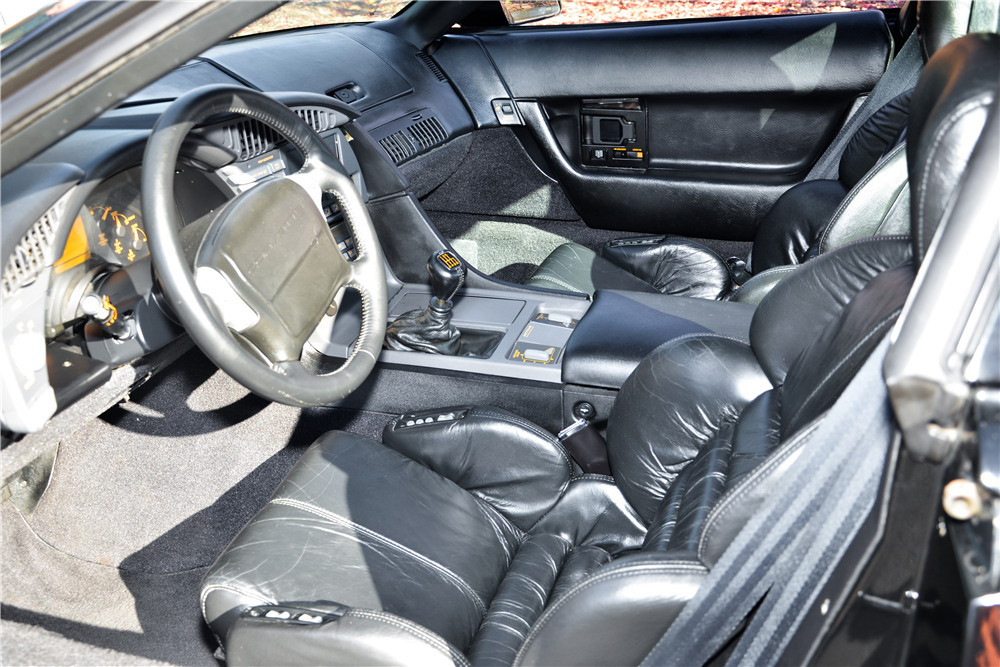 |
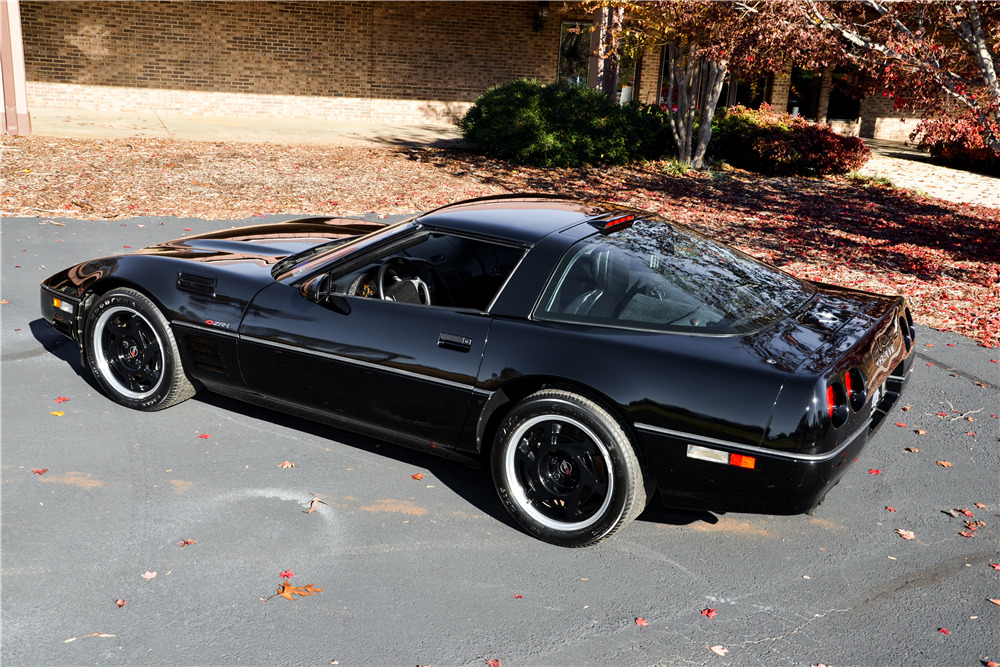 |
 |
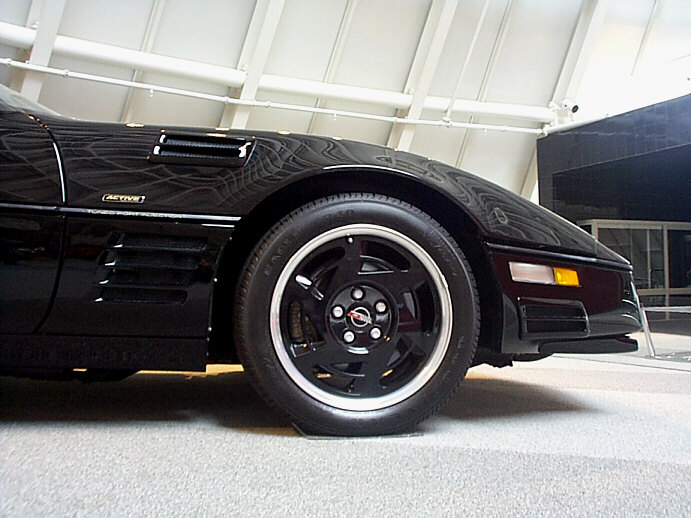 |

